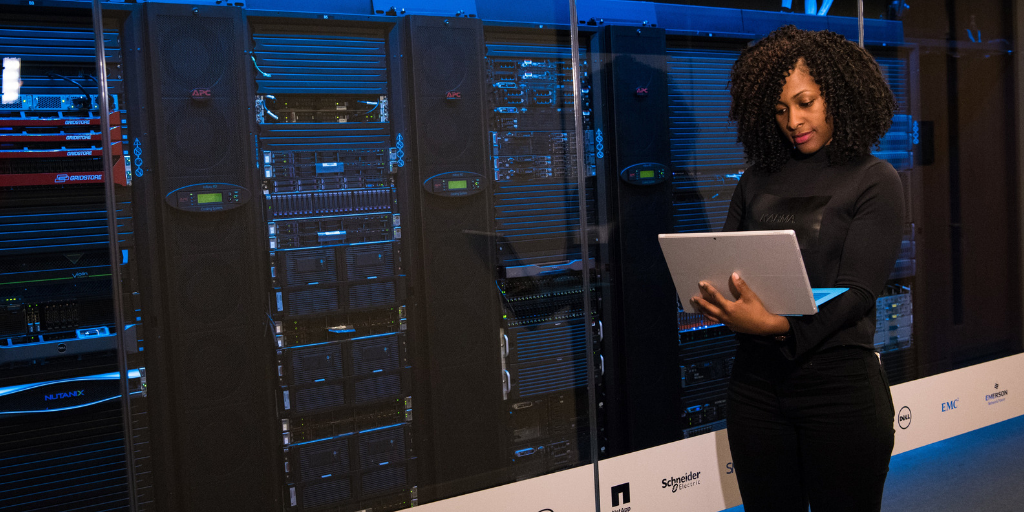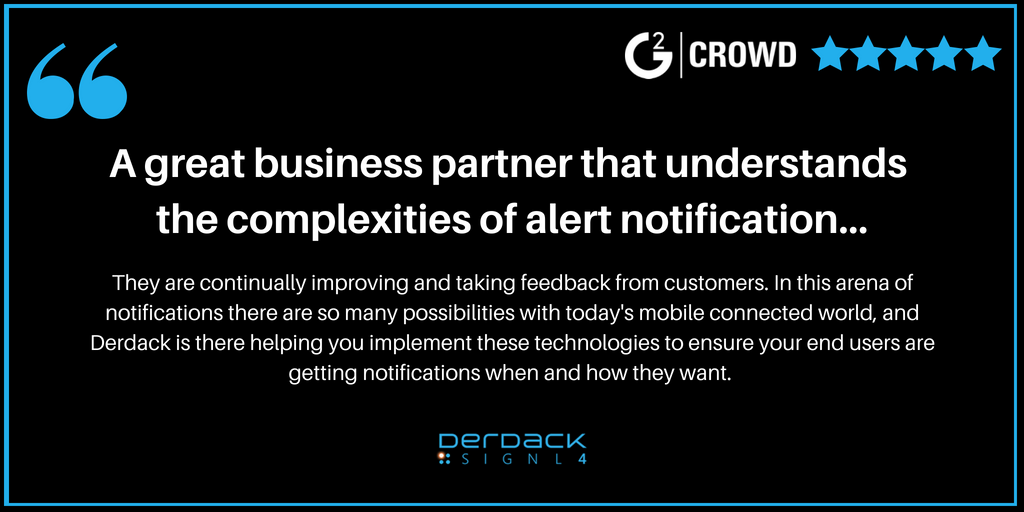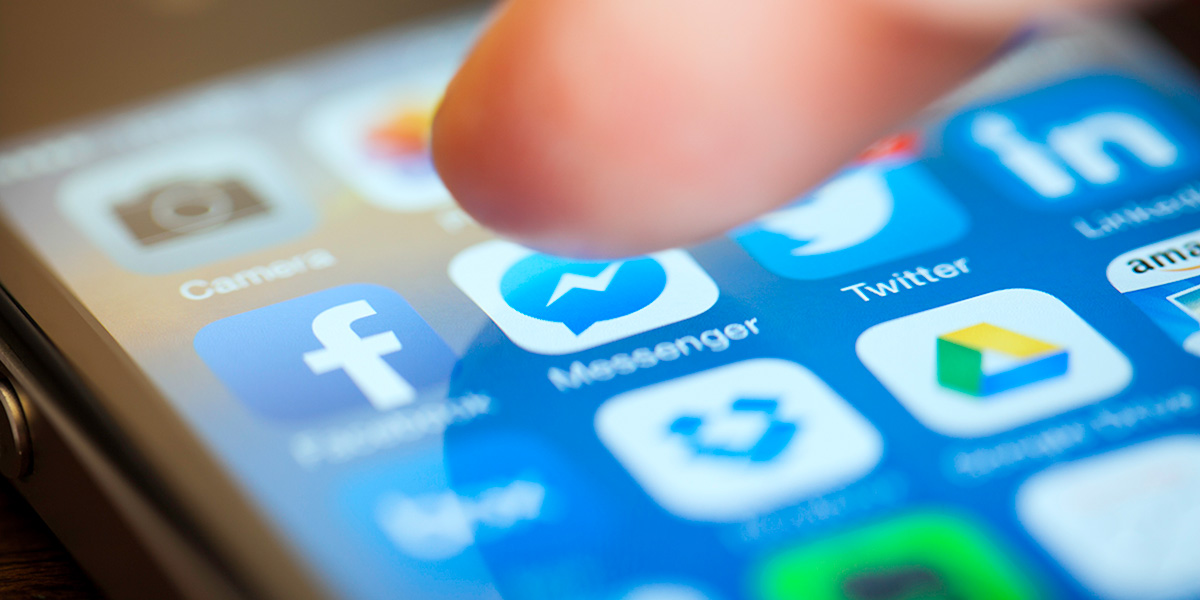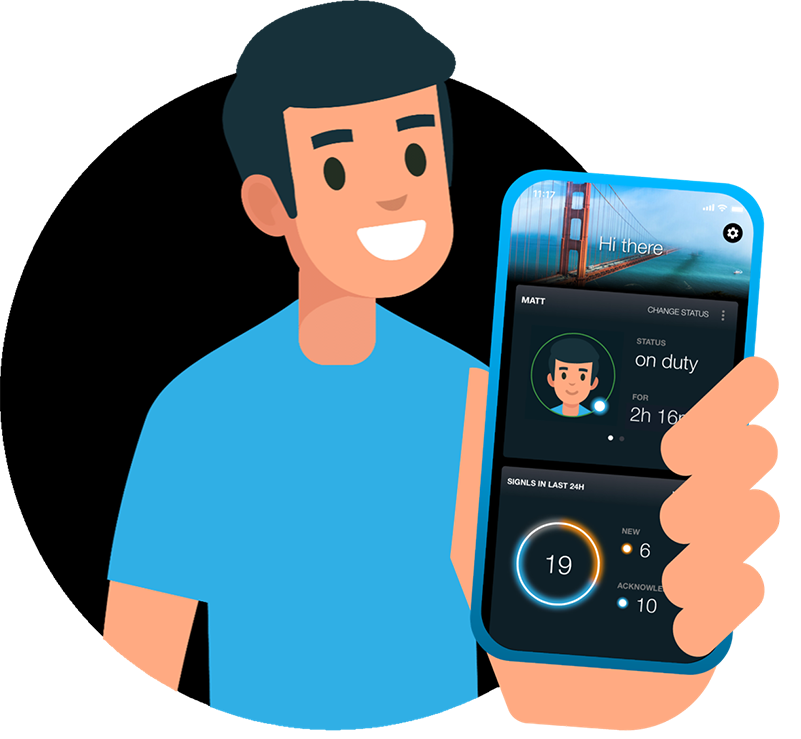Business-to-business, also known as B2B, has not always been recognized as the glamorous side of marketing and sales no matter what industry. This is even more evident when discussing the sale of software and enterprise applications. Previously, this was a rather stale environment, however, in today’s strong-buyer scenario, things have begun to change. Due to the abundance of vendors within individual commodity areas (CRM, ERP, Service Alerting, etc.), the B2B software industry has shifted its focus to the customer experience. Everything from software interfaces to business models have been affected by this movement in a manner that further simplifies customers’ daily operations and differentiates product offerings. In this piece, I will be examining current trends that define the modern consumerization of B2B software.
Optimized Interface and Usability
Sleek and simple – that is what businesses users, based on their experiences with mobile phones, smart home and their cars, are looking for in their enterprise software, too. Clunky and dull B2B software does not cut it anymore. The people in businesses that will handle your software are likely not software engineers or tech experts; they work anywhere from a call team to shop floor. Tech experience certainly varies among workers across all industries. Lean software with visually engaging, self-explanatory interfaces are ultimately more likely to be used and recognized by more businesses. By honing in on the experience beyond the software, you are doing the customer and yourself a favor. Great user interface design is about greater workforce productivity, lesser training effort, help desk utilization and ultimately makes work more enjoyable.
Mobile Functionality is Essential
As smart phones and other devices become more integrated into our work lives, the more important it is to have enterprise software on those platforms. If your software has no mobile functionality you may want to make some changes. The typical 9-5 workplace is shifting, and more millennials are entering the market. Work goes beyond the desktop as members are not always in the office or at a computer. Mobile B2B apps can for instance provide for greater customer service through higher responsiveness and service availability. As an example, SIGNL4 uses Drift for a website user chat and we can respond from anywhere if a website visitor starts chatting.

Know What Your Customer Wants
It is easy for you to identify what your software can do. You made it. However, the customer may not always know what they are looking for in a product or they may even have difficulties understanding the concepts behind your product. Sometimes it is your job as the B2B software developer to really capture the role that your product can serve in other work environments. Techniques like ‘Design Thinking’ represent essential tools to understand the true motivation why and how your customers use or plan to use your product. Use co-design to build or refine your product. And then re-use your gained knowledge in your content marketing, to be able to attract the right customers more effectively and shorten sales cycles.
B2B Software is becoming Replaceable
No matter how big or small the customer’s organization is, the acquisition of enterprise software is no small task. But times are changing, and SaaS makes it a lot easier to glue complex solutions together from interchangeable components. So it is your job as the owner of the B2B software to make the buying process as easy as possible for the customer and to make you product ready for the world of micro-services. And, you are just as good as your competitor if you make complicate the mere understanding of your product. Avoid this by engaging customers at their first impression of your company and product. Be clear. Be bold. Be accepting to the fact that people may not understand software how you do.
Make Information Easily Available to Customers
Customers are going to find you through some form of e-commerce. Be sure to push clear, concise messages to your target businesses so that customers know who you are and what your product is capable of. Do not make the customer dig for information regarding the core competency of your software. Even if your software is user-friendly, it will not make a difference if your website is clunky, and confusing. If anything, make pricing information for various plans and subscription models accessible and detailed, so that the customer knows exactly what they may be purchasing. Transparency is essential.

Empower Customers with Efficient Onboarding
You may see an increase in conversion rates after implementing simplified sign up and onboarding processes. With direct click-through methods on desktop and mobile devices, customers are able identify what plan or product they want and make a purchase in minutes. Separation from other B2B software then occurs when instilling self-sufficiency in a customer who is unfamiliar with your product. If your customer can install and configure your product without follow-up inquiries, you have done your job well.
Minimize Acquisition and Switching Costs with Compatibility
When selling B2B software, you must consider that an old system is being replaced or a workforce is being transformed. This is a process that is not taken lightly by companies. Minimize stress of your customer, and increase the attractiveness of your product by building in compatibility for related systems and applications. This is definitely a trend among SaaS software as these solutions typically look to add on to on-premise solutions that may be lacking customer needs.
Be Aware of Review Platforms
Platforms like G2Crowd, Siftery or Capterra allow businesses to let their opinions be heard. This is just another part of B2B consumerization which follows concepts like buyer reviews on Amazon. It is a good and a bad thing. When customers are looking for software to satisfy a business need they may end up on a review site as such. This is great as your company can be recognized and highlighted on an additional channel. However, you must be aware of criticism that comes in. Although reviews are set up in a constructive manner, there is still plenty of room for your customer to be as honest as they want. At the end of the day, take care of your users – new and old. They will be supporters whenever you need them.

Quality Still Rules
Nonetheless, there is an extreme attention to quality of B2B products that has even grown in relevance. Considering the ability of B2B customers to quickly move away from a SaaS product, quality is of enormous importance and is still a foundation of product success. So, make sure your product simply works and then beat the competition with greater user interface design and experience. It is challenging task, and it requires a lot of extra capabilities, but it is your only chance to stand out.
Embrace the Consumerization of B2B Software
There you have it. Above are just a few points on how consumerization is the new wave in B2B software. Keep these trends in mind when working on your own product or when evaluating potential solutions offered to you. The consumer end of software transactions is more active and important than ever. Do not discount that, and you will be golden.
For a look at how SIGNL4 addressed the consumerization of B2B software be sure to check out our Q&A with CEO Matthes Derdack, which is coming soon.


